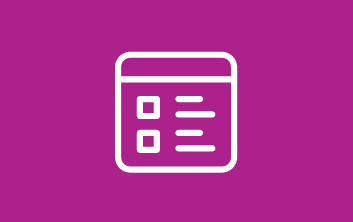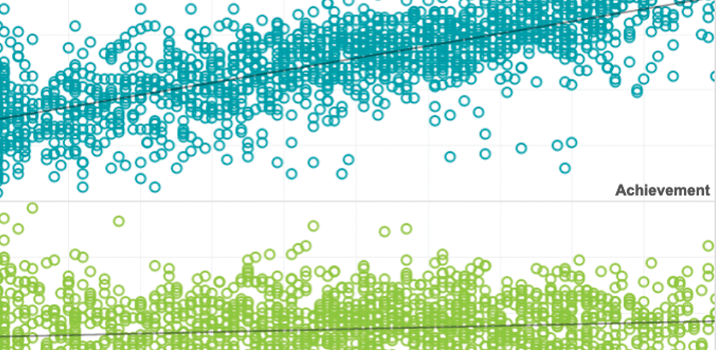Reading & language arts


5 Guiding Principles for Improving Reading Fluency Assessment
This Michigan Association of Superintendents and Principles blog post examines 5 Guiding Principles for Improving Reading Fluency Assessment
Topics: Test design, Academic content, Reading & language arts


The impact of English Learner reclassification on high school reading and academic progress
This study estimates the causal impact of 8th grade English learner (EL) reclassification on high school English language arts (ELA) standardized test scores, SAT (Scholastic Aptitude Test) reading, and on-track to graduate status.
By: Angela Johnson
Topics: High-growth schools & practices, English Language Learners, Reading & language arts


Equating WCPM scores across passages of MAP Reading Fluency
NWEA equated words-correct-per-minute (WCPM) scores from oral reading passages included in the NWEA MAP Reading Fluency assessment.
By: Jing Chen, Mary Ann Simpson
Products: MAP Reading Fluency


Fact or fiction? The 4 myths of dyslexia
It can be tricky to understand what dyslexia is and what it isn’t. In this blog, learn the facts about four myths about dyslexia and about possible indicators for dyslexia from preschool years through high school.
By: Elizabeth Barker
Topics: Equity, Reading & language arts


Why students with dyslexia aren’t “at risk”
Researchers have made substantial gains in our knowledge around dyslexia. It’s time to dispel the outdated notion that students can somehow “get” dyslexia and stop using erroneous, ableist language of students “at risk” for dyslexia.
By: Elizabeth Barker
Topics: Equity, Reading & language arts


What do teachers know about dyslexia? It’s complicated!
The purpose of this study was to examine the concepts of dyslexia teachers know accurately as scientific conceptions, hold as misconceptions, or are uncertain. Implications for teacher training in dyslexia are discussed.
By: Erin K. Washburn, Benjamin C. Heddy, Emily Binks-Cantrell, Tiffany Peltier
Topics: Equity, Reading & language arts


This study evaluates the effects of asking items throughout the passage (i.e., embedding items) to achieve a more precise measure of reading comprehension by removing barriers for students to demonstrate their understanding. Results showed a significant impact of embedding comprehension items within reading passages on the measurement of student achievement in comparison to answering items at the end of the passage.
By: Meg Guerreiro, Janice Johnson
Topics: Equity, Innovations in reporting & assessment, Reading & language arts


